maximize commuication and cross fertilization:
BAU208 Linping New City Centre
Hangzhou City, Zhejiang Province, China
Discipline
PlanningTypology
Urban planningCity
Hangzhou City, Zhejiang Province, ChinaDate
2005Status
Equal first prize, invited competitionClient
Hangzhou New District Development CommitteeProgram
Central activities district (CAD) for new industrial precinctLinping has been designated as the site for a new industrial city of 9km2. At its centre a 1km2 central activities district (CAD) is planned. Its programs include research + development (R+D), residential, retail, office, government administration, and recreation.
The new industrial city has the potential to become a place of prolific technical innovation: a technopole. Hall + Castells (1994) describe the criteria for such places: situated in a country of rapid change; near to industry and universities; and having a government willing to incubate, nurture and facilitate initiatives. Linping can meet these criteria. The technopole’s requirement for the co-existence of business, manufacturing, and university research immediately suggests a city of complexity, adjacency and communication, not a city of isolated office parks. Can a city of maximum communication and cross-fertilisation be designed?
Organising the city’s land use zones in the form of networks provides clarity and flexibility whilst also creating a multitude of adjacencies of dissimilar programs. The boundary between the dissimilar programs is the space of maximum potential for cross-fertilisation. This is where things can become fuzzy, vague, unframed and grey. This is the space in cities where new programs are most likely to evolve, where culture has the freedom to reinvent or recompose itself.
Can boundaries between programs be enlarged into spaces or bodies which catalyse cross-fertilisation, seeking combinations and reactions, seeds of innovation? If these fuzzy boundaries are combined with city circulation and public space their dimensions are multiplied, unpredictable input increased, and potential heightened.
A range of linear spaces were developed for Linping. Most of them are in the form of loops or networks. Through the resultant interconnectivity they form a continuous network of potential-filled public space. Most of these spaces are large enough to accommodate a host of programs and a host of small buildings within them. The spaces resemble arcades (gallerias), linear plazas, linear parks, lanes and bridge-buildings.
The network of linear spaces connects adjacent programs together. Additionally the network connects different parts of the city to one another. Potential is created for a highly interconnected city to emerge.
- Infrastructure
- Public
- Residential
- Healthcare
- Education
- Culture
- Office
- Retail
- Hotel
- Hospitality
- Mixed Use
- Sports
- Planning
- Urban Design
- Public Landscapes
- Private Landscapes
- Playgrounds
- Structures & Pavillions
- Residential
- Healthcare
- Education
- Culture
- Office
- Retail
- Hotel
- Hospitality
- 2023
- 2024
- 2021
- 2020
- 2019
- 2018
- 2017
- 2016
- 2015
- 2014
- 2013
- 2012
- 2011
- 2005-2010
- 2000-2005
- 1990-2000















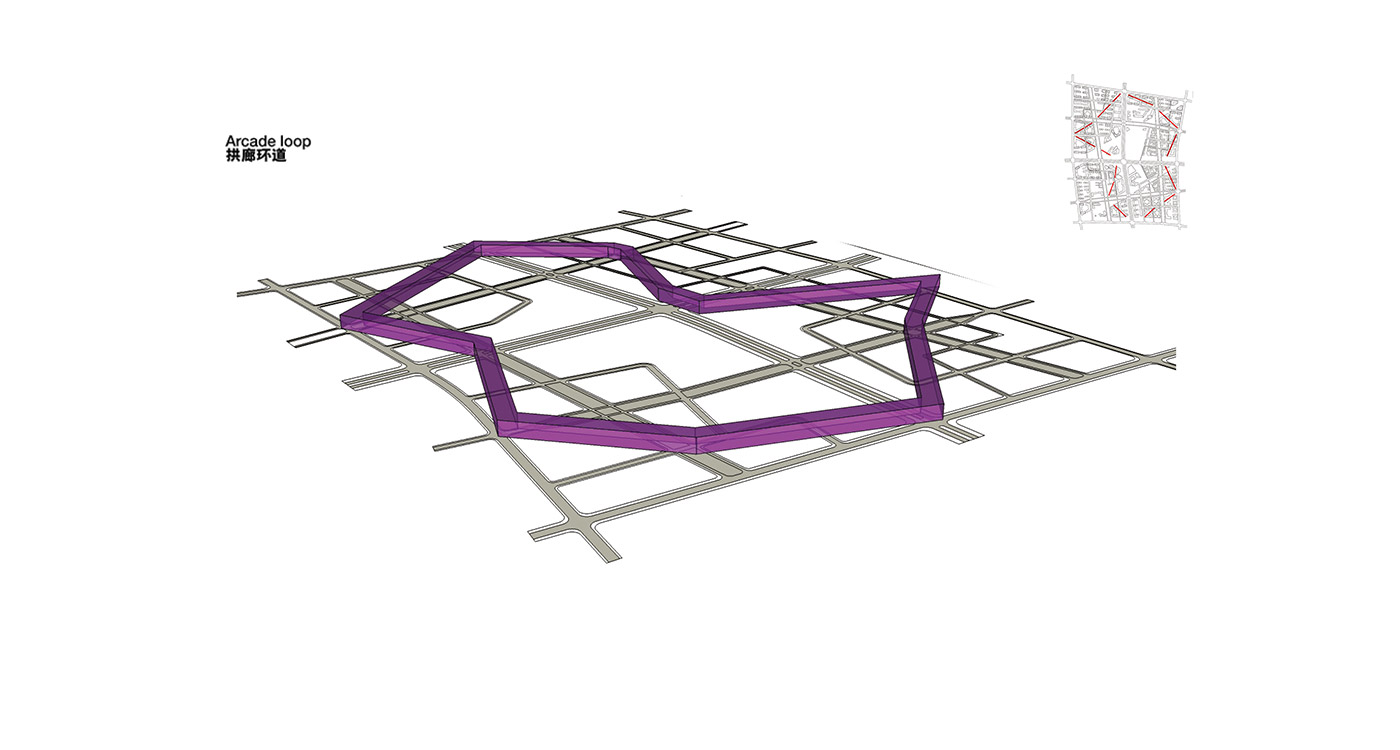















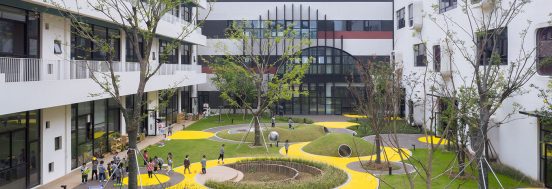











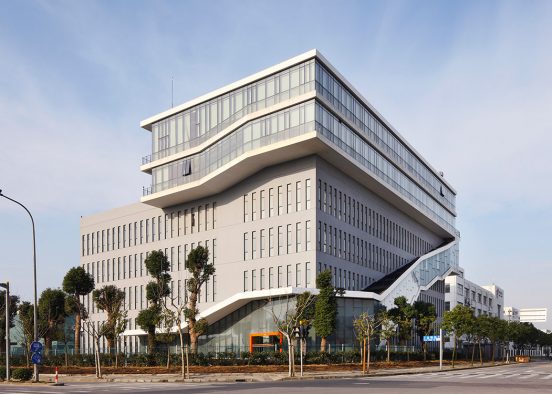


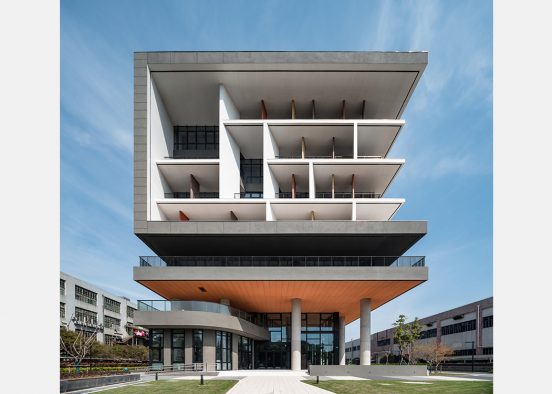


















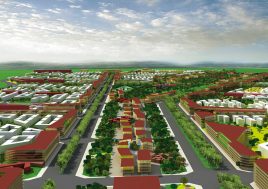





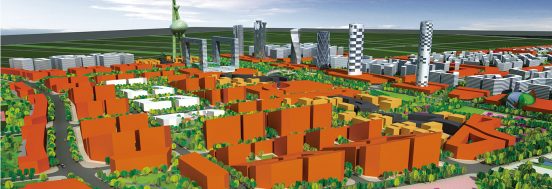







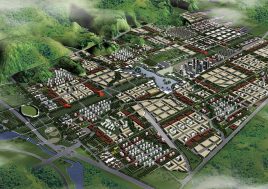










































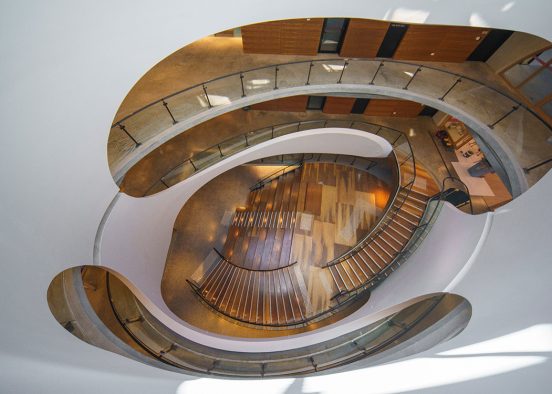








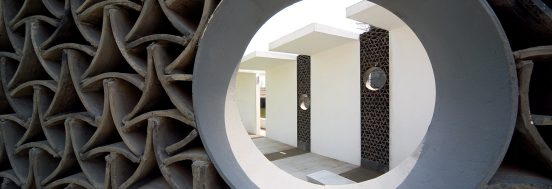

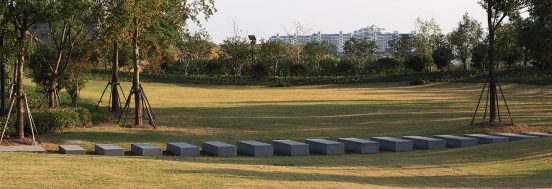
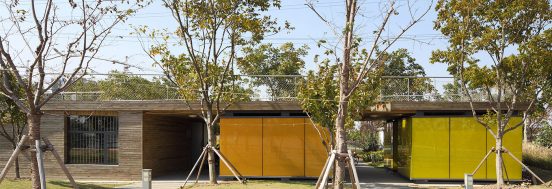


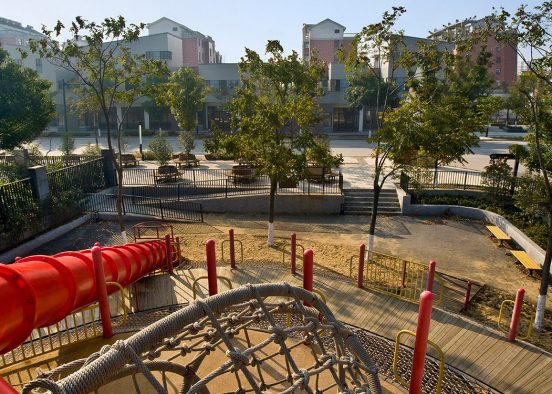













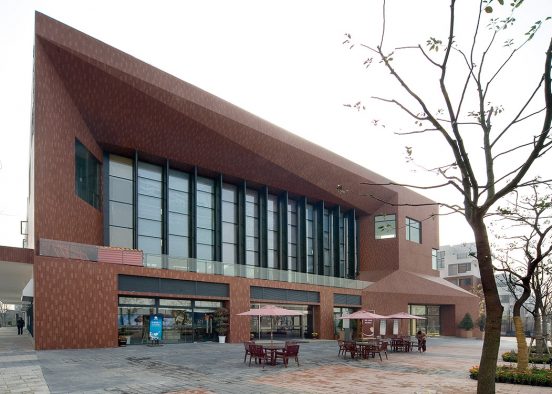
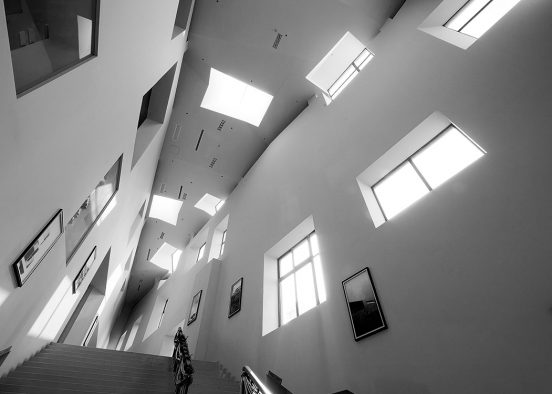
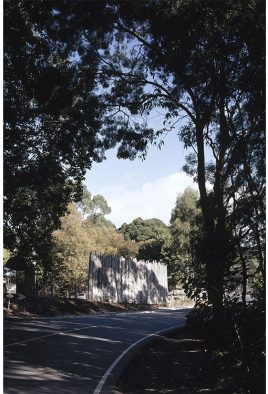
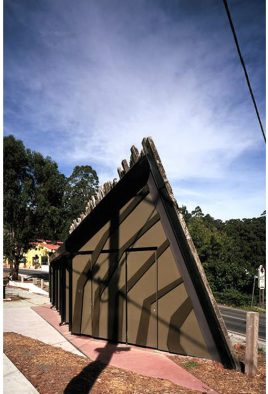













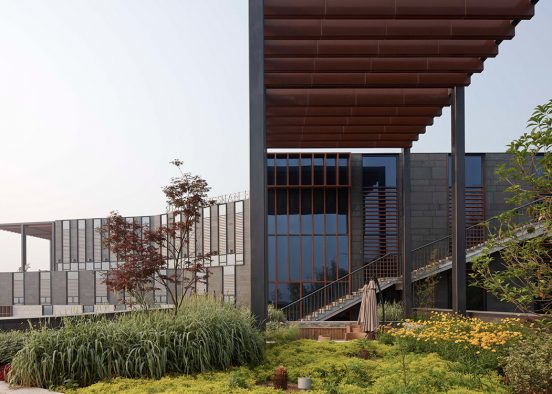








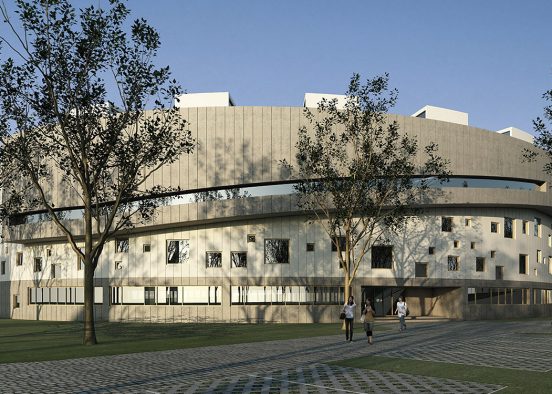







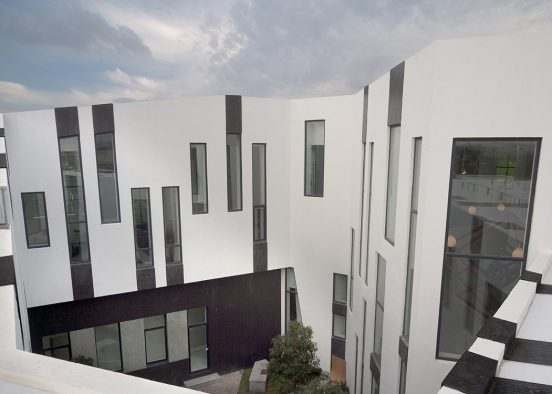








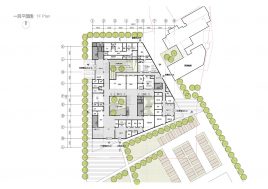


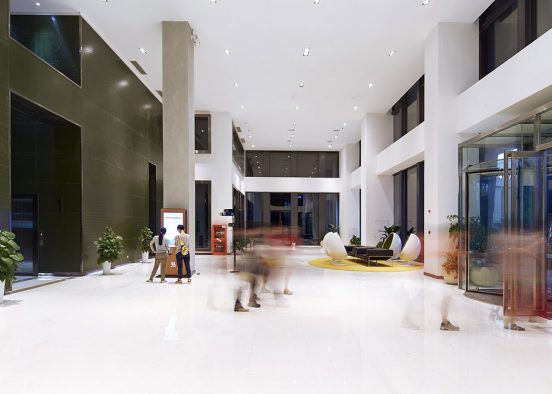

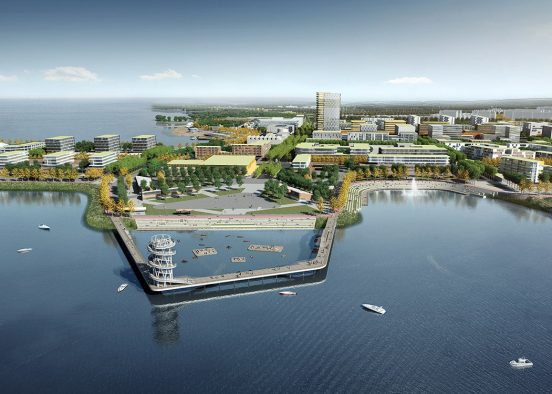





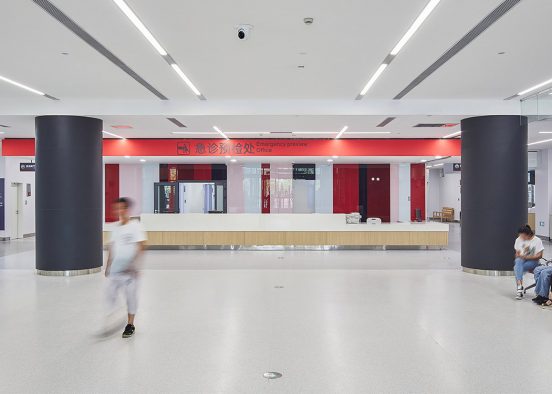




















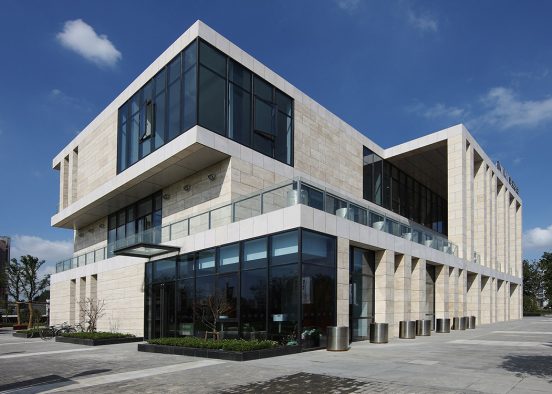










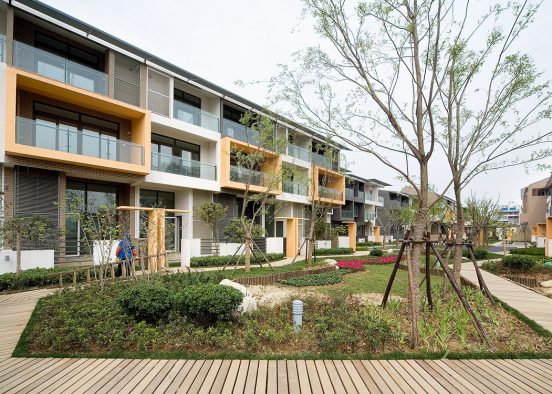
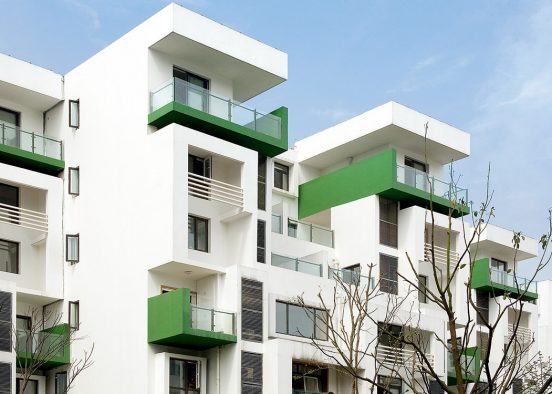









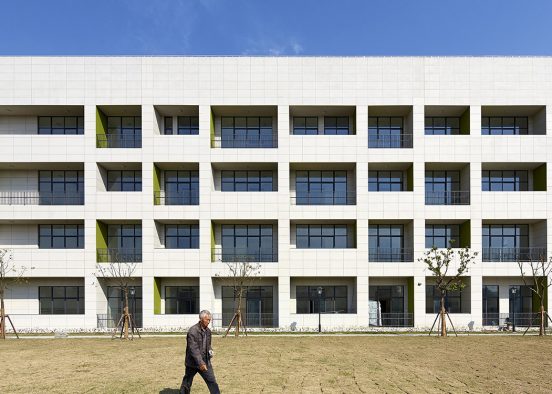
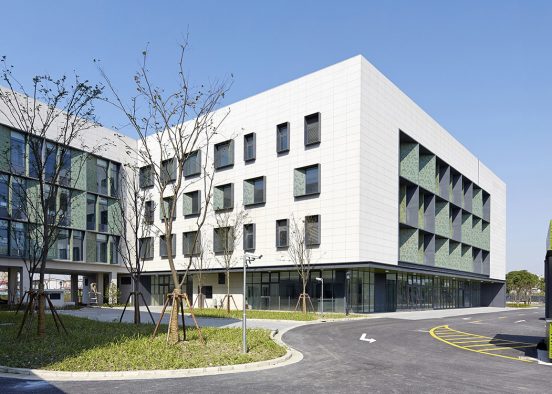


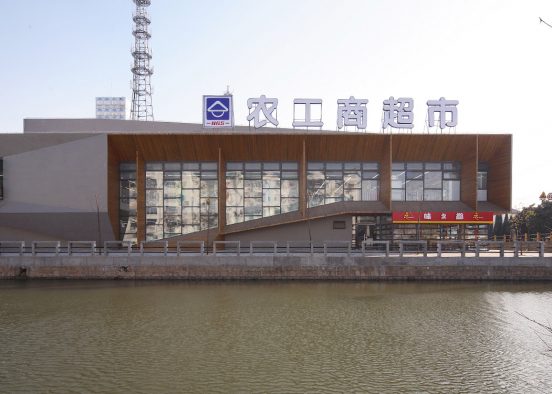
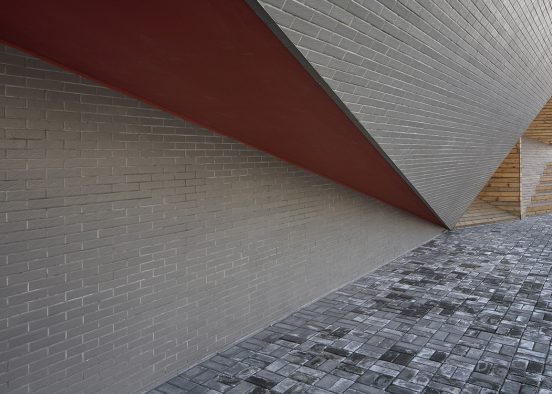

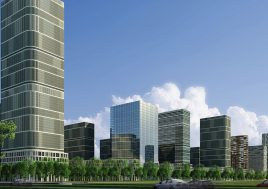



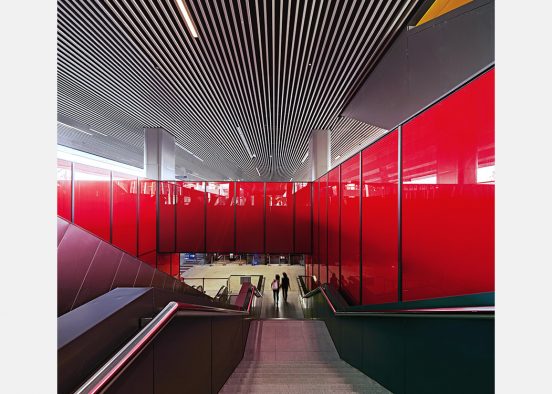


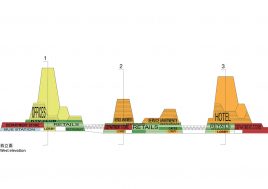







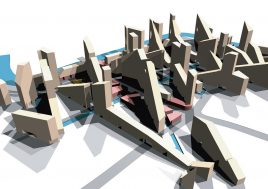



















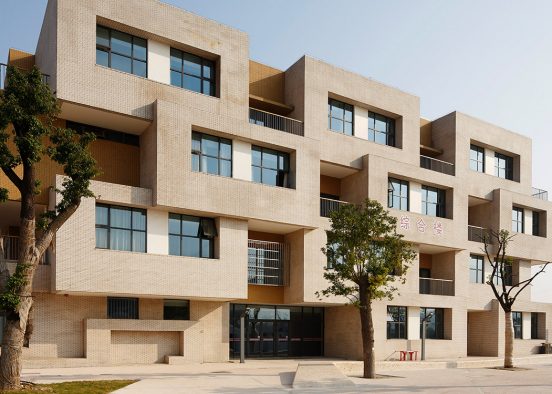



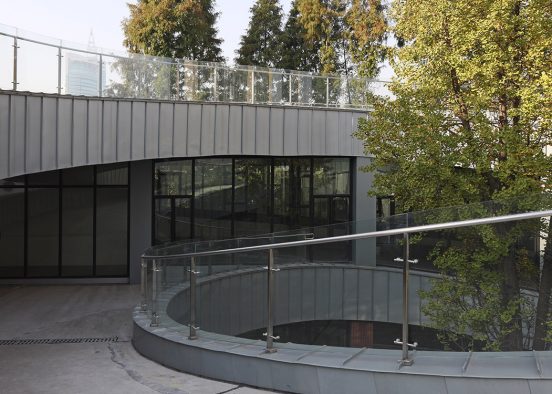
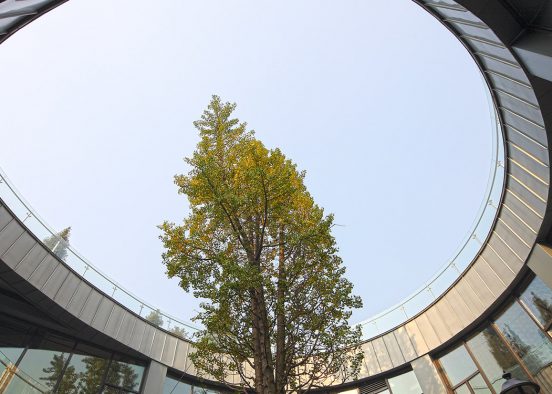



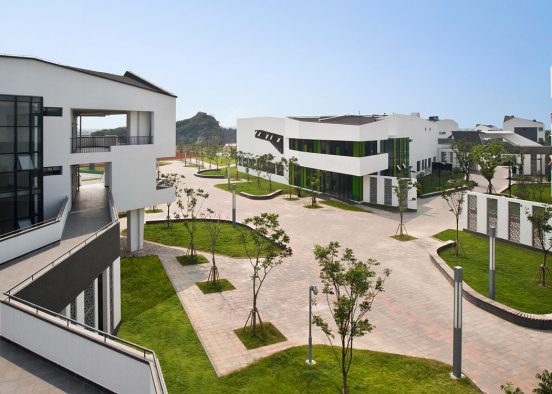




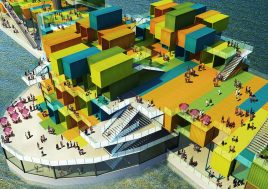












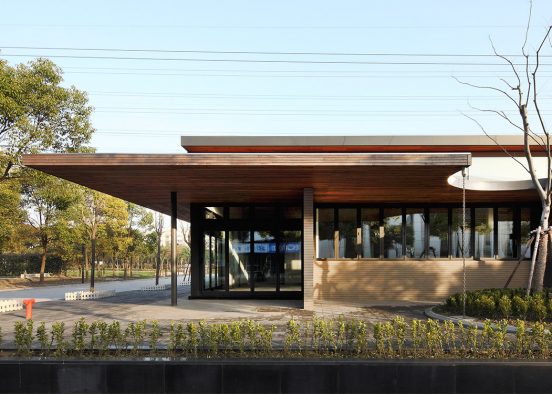








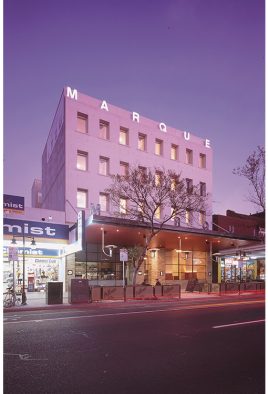














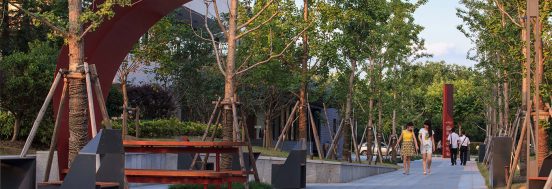

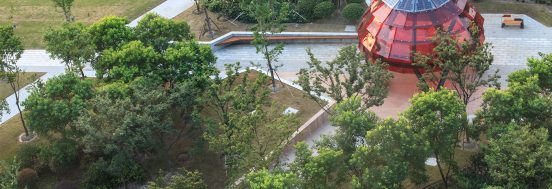

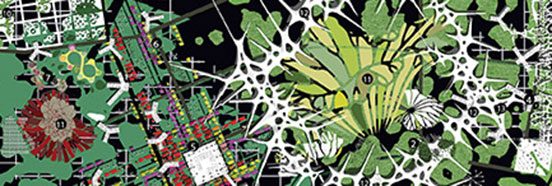













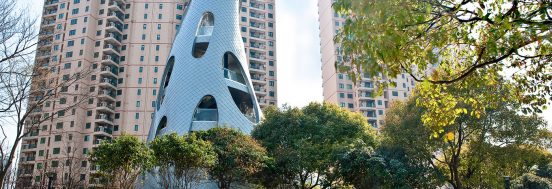
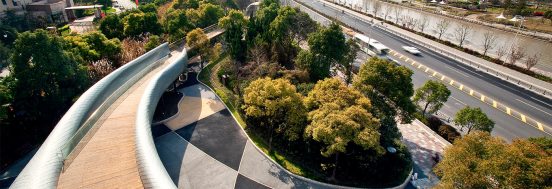




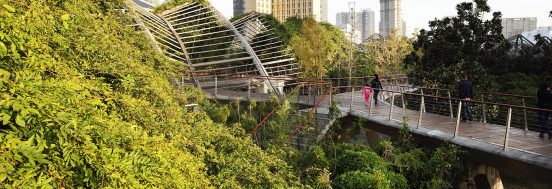
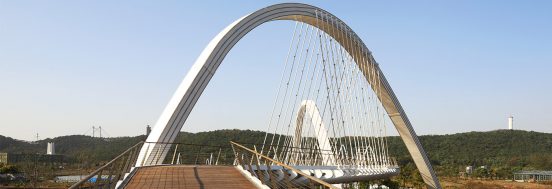
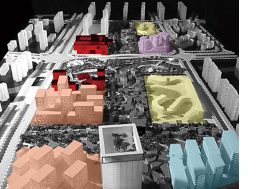

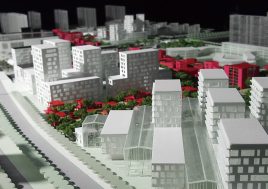






 Back to projects
Back to projects
